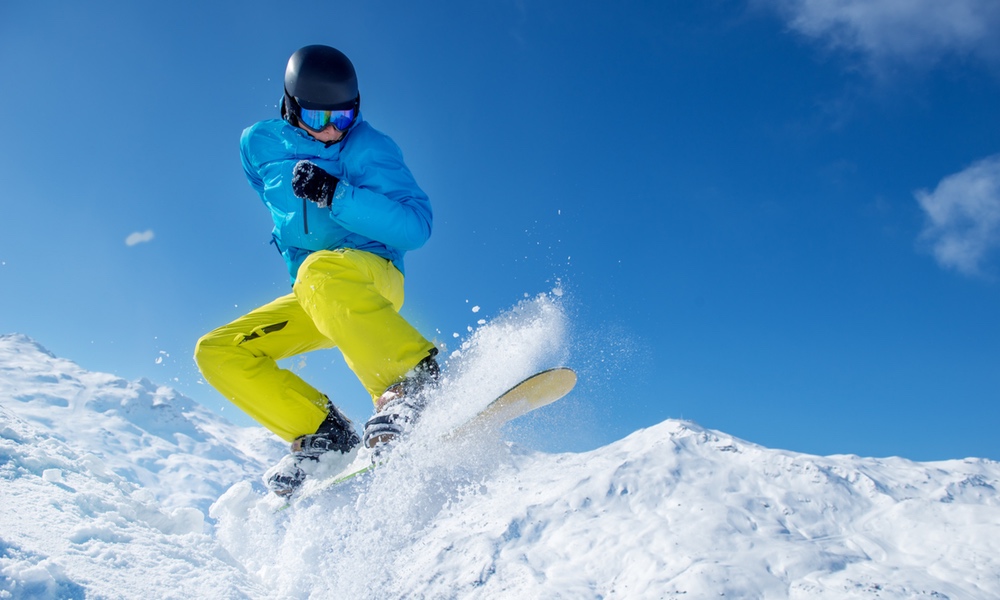As the popularity of snow sports, particularly snowboarding, continues to rise, so do the number of injuries. And the Winter Olympics is likely to make the situation even worse as newcomers, inspired by thrilling runs and stunts, decide to give these sports a try.
Snowboarders are three times more likely than skiers to sustain injuries, a recent review of the scientific literature finds. Snowboarding-related injuries accounted for 56 percent of snow-sport-related injuries in 1999; up from only four percent in 1989.
The increase is, of course, due in large part to snowboarding's rise in popularity, but snow sports are associated with a large number of injuries. These tend to follow certain patterns and affect specific parts of the body, Brett Owens, lead author of the review article, told TheDoctor. “Many skiing and snowboarding injuries are the result of athletes exceeding their comfort zone in terms of speed or difficulty of the terrain,” he added.As snow sports have evolved, with the addition of things like aerial stunts and half-pipe, athletes engage in riskier behaviors.
The most common skiing and snowboarding injuries are to the spine, pelvis, shoulder, wrist, hands, knees, wrist and ankle. Skiers are more likely to sustain injuries to their lower extremities, particularly their knees, as a result of the rotational force placed on the knee, despite binding releases. Snowboarders are more likely to sustain injuries to their upper extremities, from breaking falls with their hands.
Snow sports are a great winter activity and a fun way to spend time as a family. “But it is important to stay in control and be prepared to slow and stop to avoid contact with another person,” Owens said.
Athletes can prepare their bodies for downhill runs by getting in shape with a preseason conditioning program. Owens also offered these simple injury-prevention tips:





